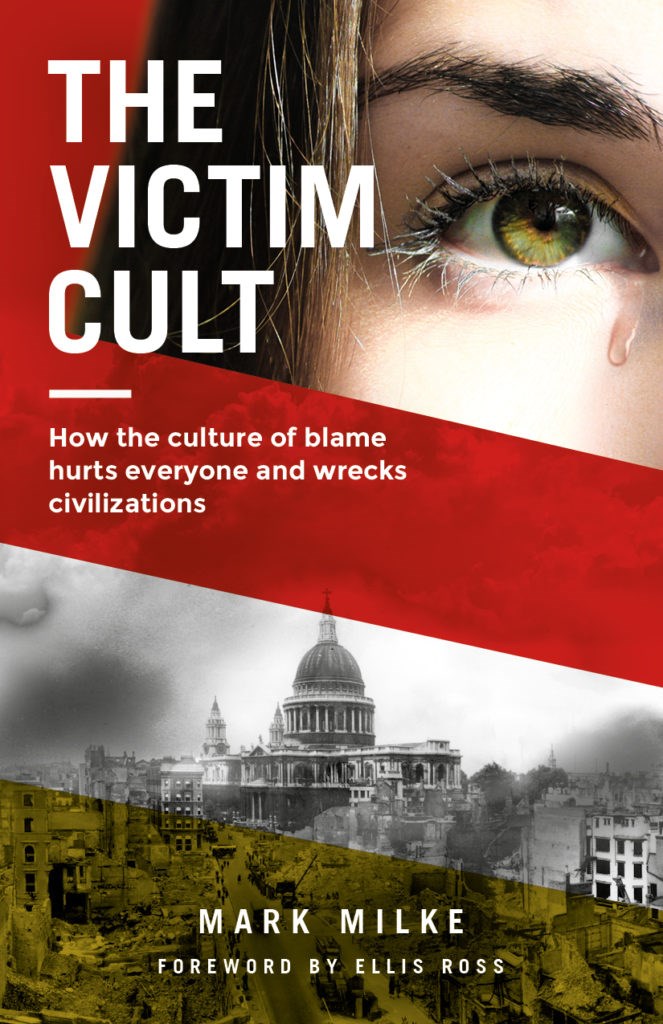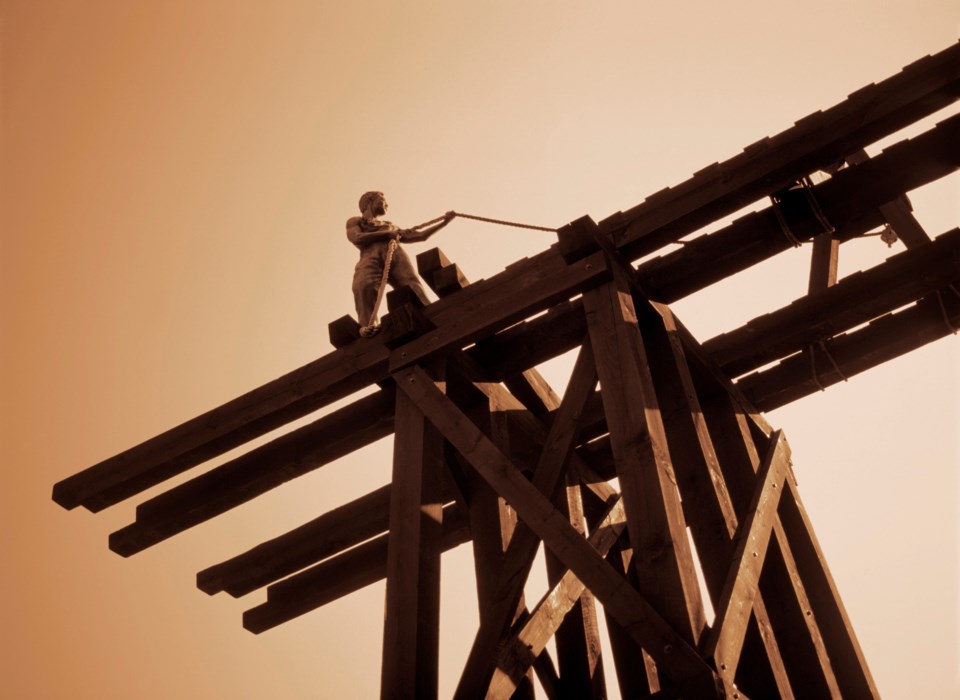The Chinese brought distinctive cultural traits to America—such as reverence for education, hard work, thriftiness, entrepreneurship and family loyalty— which helped many achieve rapid success in their adopted country.
—Iris Chang, The Chinese in America
Trumping prejudice
By the middle decade of the 21st century, Asian Americans had trumped prejudice and triumphed. Per-person income for those whose ethnic ancestry was Korean, Chinese, Japanese, and Taiwanese trumped that of white Americans, who in 2014 earned $31,752; Korean Americans earned slightly more than white Americans ($31,970), with those of (non-Taiwan) Chinese and Japanese roots higher, as much as 42% more for those who traced their roots to Taiwan ($45,084). The comparable figure for black Americans was $19,297.
For some, such figures might point to discrimination against African Americans. In fact, they point to the critical need for higher education and the difference it makes to incomes, as the two are strongly correlated: While 53% of black Americans reported at least some college or higher in 2014, the comparable figures for others were 61% (whites), 68% (Chinese), 75% and 76% (Korean and Japanese, respectively) compared to 87% of those with ancestral origins in Taiwan. On the flipside, while 48% of blacks and 39% of whites recorded only a high-school education or less, just 13% of Taiwanese Americans were in such a category.
Education has always mattered to income and other barometers of a flourishing life, and the higher income and education numbers for Asian Americans are not a recent development. They have been evident to observers for at least half a century.
By the 1970s, when such advantages were becoming more widely discussed, sociologist William Petersen noted this about Chinese and Japanese Americans: how “these two minorities broke through the barriers of prejudice and, by such key indices as education and income, surpassed the average levels of native-born whites.” As he also wrote, “This anomalous record, like the earlier one of Jews, challenges the premises from which other etiologies of poverty, crime illegitimacy, and other social ills are typically deduced.”
A closer examination of the rise of America’s Pacific class shows that long before even mid-century legal reforms to the status of Japanese and Chinese Americans, Asian Americans were already recording higher education levels than white Americans as far back as the 1920s. Whether on education or income, the Pacific class long ago became not only the most educated of Americans, but they earned the most of any cohort in the United States. It is a pattern that is so well known now as to be unremarkable.
What is less known is how such success was obtained and how early such successes were occurring—long before politicians in Washington D.C. and California began to soften in their anti-Asian attitudes and began to end discriminatory legislation. Importantly, those Americans of Asian heritage, though they had every right to, never trapped themselves and their children in a grievance narrative. Critically, the ascension of the Pacific class offers a rebuke to dour theorists who see discrimination as the dominant, deterministic factor in success or failure, and victimhood as a necessary identity.
Beating the system: The college track circa 1920
This education priority is clear in the early-20th century, where school and college attendance among Asian Americans was already significant as a proportion of school-age children, relative to whites. In 1910, the proportion of Chinese and Japanese children in attendance at school was significantly below that of whites. However, by 1920, students of Japanese and Chinese ancestry at most ages matched or surpassed white children in school enrollment. The trend was even more pronounced by 1930.
Higher-than-white enrollment at the primary and high-school levels was soon matched by similar statistics at college, and it is more evidence of this anti-victim phenomenon: East Asian Americans never waited for long- deserved equal opportunity in American laws and institutions before carving out their future and their children’s opportunities whenever possible—in this case, via education. It was all the more remarkable given that the years between 1924 and the Second World War were among the worst decades for institutionalized racist discrimination against Asian Americans.
These positive college attendance rates were true even in California where anti-Asian sentiment was most potent. While attendance rates in the Golden State were higher for every ethnicity when compared to other states, Japanese and Chinese college participation there and across the United States was higher than those of whites in almost every instance and with only rare exceptions.47 Except for those Japanese in California of college age during the Second World War (the internment years for the Japanese), as Asian Americans became adults, they recorded college-attendance rates consistently higher than the white population.
Remarkably, the cascading educational achievement of Japanese and Chinese Americans in the early-20th century was not due to any institutionalized lessening of discrimination, as the opposite—growing political prejudice— was occurring. In the first three decades of the 20th century, organized labour, governments, their agencies, and courts relentlessly shut down attempts by those with Asian heritage to naturalize, to own and cultivate farms, to start a business, and even to integrate. However, “The patterns for educational attainment among America’s Japanese and Chinese showed evidence of early success,” wrote Charles Hirschmann and Morrison Wong in their landmark 1986 study on the early ascension of East Asians in America. The statistics “do not fit the expectation for disadvantaged minorities.”
Indeed, early-20th-century discrimination was met by a parental class and culture that focused on education as one way, perhaps the only way given other barriers, of ensuring their children might have a better chance at future success.
Such parents, and the children themselves, invested their lives in education. They did so despite the lack of any guarantee that such dedication might be worth much in a nation intent on restricting their economic flourishing and their integration into American life. But Chinese and Japanese Americans persisted, and even progressed, against the reality of early-20th-century prejudice and barriers.
Education, most often driven by family, turned out to be a key factor in emancipation, in helping to undermine the legal and political barriers. After all, it was increasingly difficult for the prejudiced, by the 1920s and 1930s to say nothing of later decades, to take seriously the claims of protectionist labour leaders, politicians, or others with prejudice that Japanese and Chinese Americans posed some sort of “threat” to the nation’s way of life, not when such cohorts already demonstrated educational success and soon, economic achievements, that trumped the average American on such measures.

From The Victim Cult: How the culture of blame hurts everyone and wrecks civilizations. Published by Thomas & Black. Copyright 2019 by Mark Milke. Foreword by Ellis Ross.
SWIM ON:
- Don't miss the second installment of Mark Milke's The Victim Cult, on Cain. Yes, the Biblical Cain.
- Speaking of series, Bob Price sat down with the heads of BC's three Interior universities. Here he chats with Thompson Rivers University's Dr. Brett Fairbain.
- Jody Vance on her Vancouver neighbourhood, Kitsilano, and why she doesn't want to see it lose its character.



